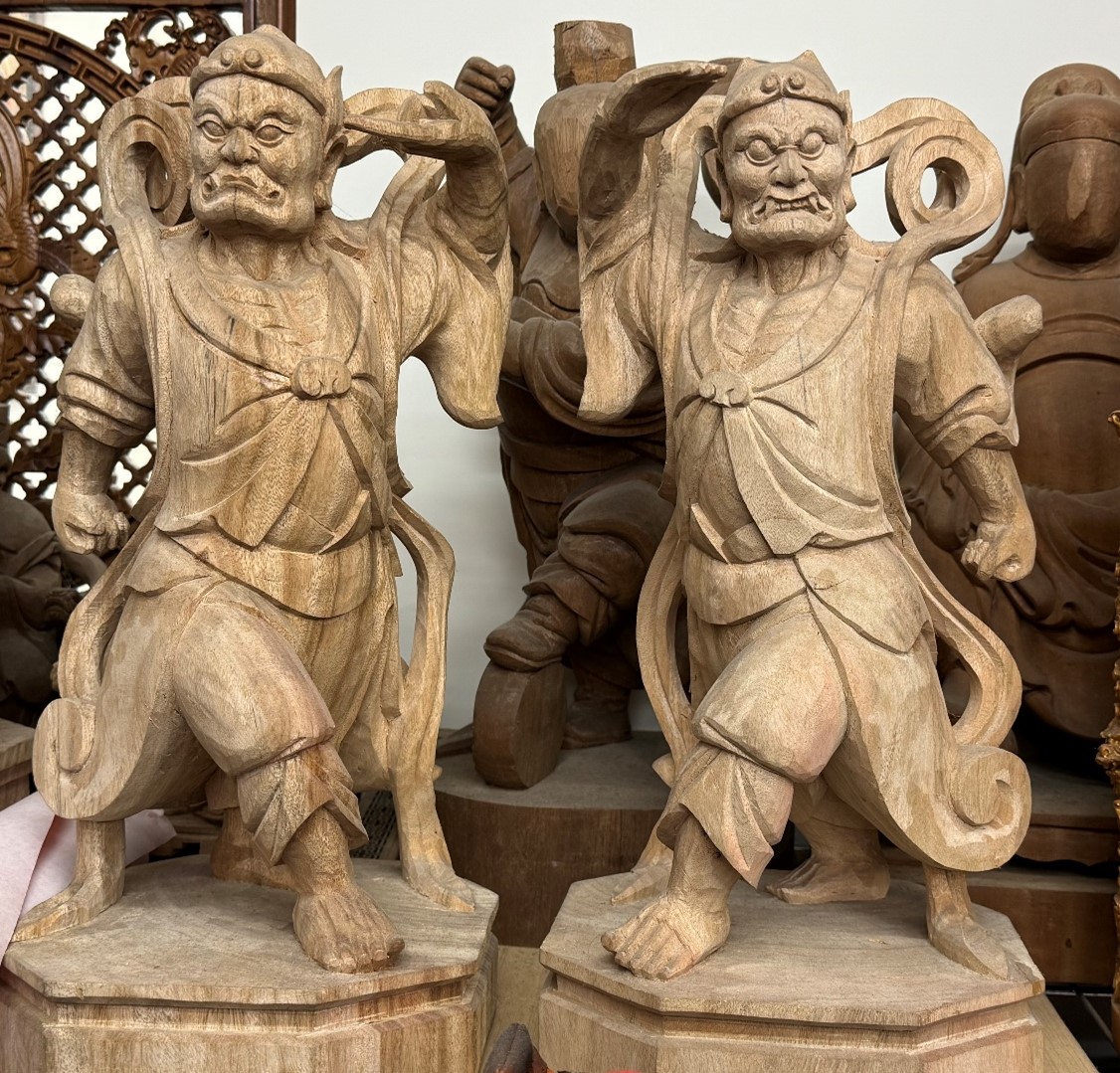
Origin
Statue sprucing craftsmanship has existed since the Sui and Tang Dynasties. Although Buddhism was introduced to China during the Han Dynasty, most of the early Buddhist works were stone sculptures or paintings, such as Mogao Grottoes, Yungang Grottoes, Longmen Grottoes, etc. Even if there were wood carvings at that time, most of them only retained the original color of the wood. It was not until the Sui and Tang Dynasties that statue sprucing gradually became popular, especially in the Tang Dynasty. After Zheng Chenggong came to Taiwan, a large number of people from Mainland China immigrated to Taiwan, and many old masters also came to Tainan, Lukang, and other places in Taiwan to take root. In the past, the term “Tangshan masters” referred to these old masters.
Later, China launched the Cultural Revolution, which caused a huge cultural gap in this traditional craft in just a few decades. The masters in this craft were arrested and sent to labor camps. No one dared to engage in this industry again. As a result, this craft was not passed down and was almost lost. It was not until the 1990s that Taiwan started its trade with China. Because Chinese labor wages were cheap at that time, many Taiwanese manufacturers set up factories in China. Therefore, this craft was introduced to China again.

.png)

